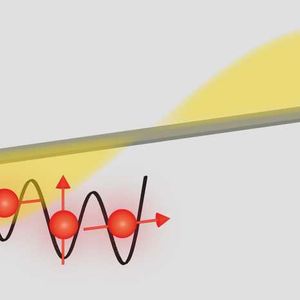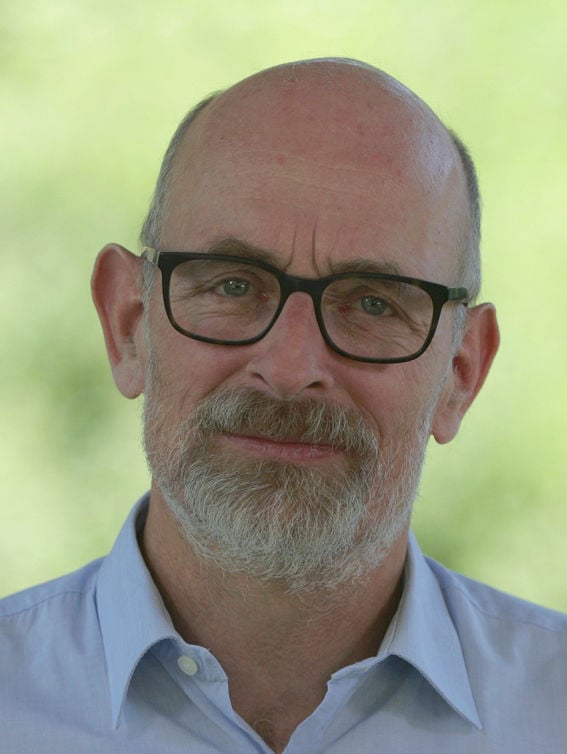Aalto Physics and Quantum Technology Finland Joint Colloquium: Prof. Klaus Ensslin (ETH, Zürich)

When
Where
Event language(s)

Welcome to the next Aalto Physics and Quantum Technology Finland Joint Colloquium on Thursday 13th June 2019! Refreshments will be served before the lecture at 14:00-14.30.
Our distinguished guest, Professor Klaus Ensslin, Director of the Swiss National Center for Competence in Research on Quantum Science and Technology, will present his research on "Hybrid quantum systems: photons, charges and spins".
Abstract:
The coherent coupling of charges/spins in solids and microwave photons has been a long standing experimental goal in order to couple and control hybrid quantum systems. This is relevant for the upscaling of quantum bits, the controlled operation of quantum devices but also offers interesting aspects for fundamental physics. How strong can the coupling between electron-based qubits and microwave photons be? What are typical coherence times? Can different quantum systems, such as qubits in semiconductors and superconductors, be coherently coupled by microwave photons?
Charge qubits in semiconductors are straightforward to realize using quantum dots, but they suffer from short coherence times. Spin qubits offer larger coherence times, but are more difficult to manipulate and to couple to superconducting microwave resonators. We demonstrate the strong coupling regime between a spin qubit and a microwave photon. [1] In another configuration one can place a single electron in three tunnel-coupled quantum dots and couple a microwave resonator to the quadrupole moment [2] of the charge configuration rather than the diploe moment. Other interesting dot, charge and spin configurations can be realized in the well-controlled AlGaAs system thus using qubit systems to probe new physics. Novel 2D material systems such as bilayer graphene [3] and TMDCs [4] offer prospects for other complex charge and spin qubits.
References:
[1] Landig et al., Nature 560, 179 (2018)
[2] Koski et al., arXiv:1905.00846
[3] Eich et al., Phys. Rev. X 8, 031023 (2018), Nano Lett. 18, 5042 (2018)
[4] Pisoni et al., Appl. Phys. Lett. 112, 123101 (2018), Phys. Rev. Lett. 121, 247701 (2018)
- Published:
- Updated: